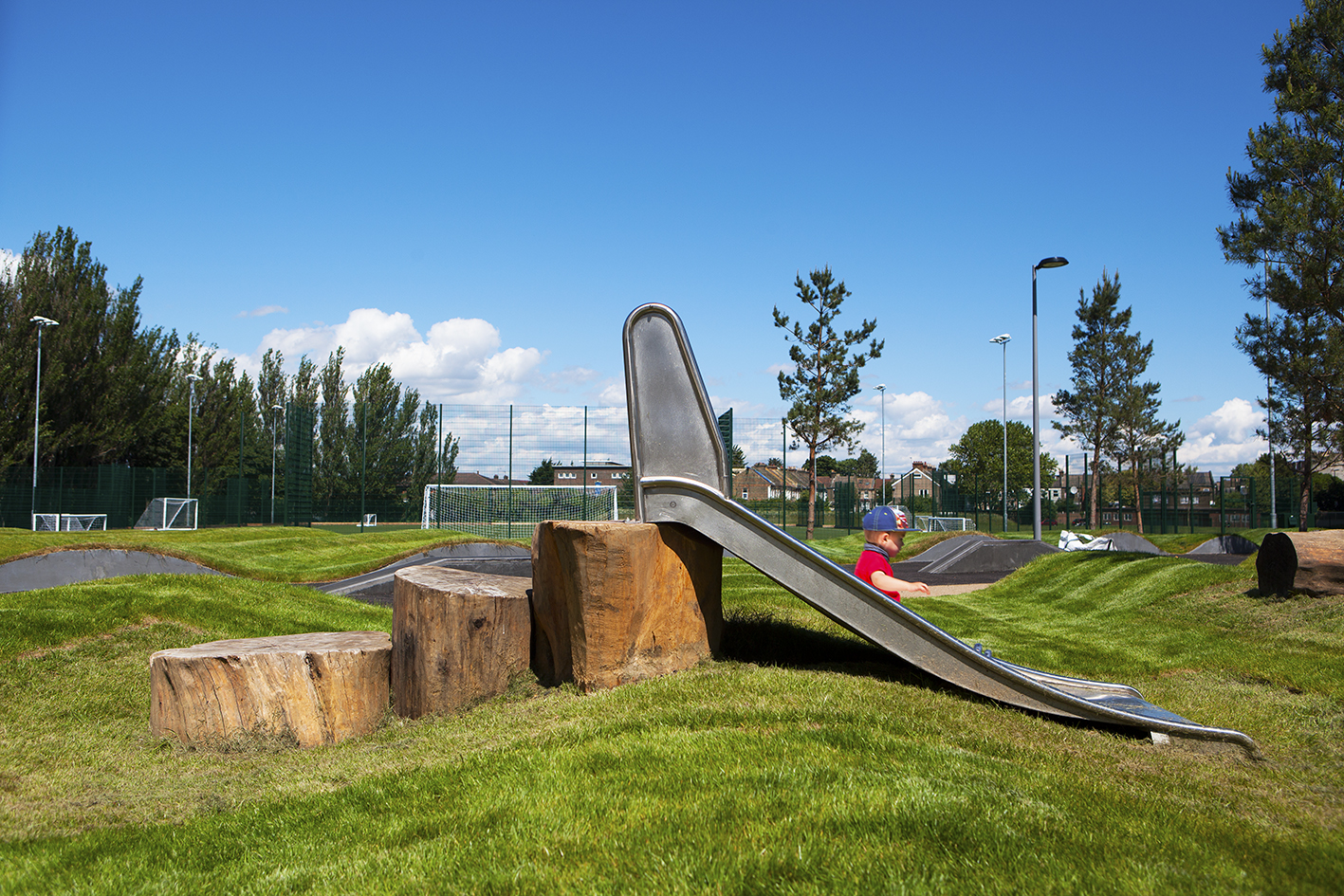Playgrounds are a great way for children to spend their time and get exercise, but they can also have a positive impact on the environment if designed well. Green spaces are limited, particularly in the city and every opportunity should be taken to improve our environment. By designing a playground that increases biodiversity, we can help create habitats for various wildlife species and improve the overall health of our planet. In this blog post, we will discuss some tips on how to design a playground that increases biodiversity.
- Plant Native Plants and Trees
One of the most important ways to increase biodiversity is to use native plants in your playground design. Native plants provide habitat and food sources for various wildlife species, including birds, insects, and small mammals. They are also better adapted to local conditions and require less water and maintenance.
When choosing plants for your playground, research the native plant species in your area and select ones that are appropriate for the site conditions. Consider factors such as soil type, sun exposure, and moisture levels. Plant a variety of species to provide different food sources and habitats for wildlife.

- Incorporate Natural Elements
Incorporating natural elements into your playground design can also increase biodiversity. Adding rocks, logs, and other natural materials can create habitat for insects, small mammals, and amphibians. These elements can also be used for play and exploration.
Consider creating a small pond or wetland area in your playground design. These areas can provide habitat for aquatic species and attract birds and other wildlife. Be sure to consult with a professional to ensure that the water feature is designed and installed correctly.
- Provide Shelter
Providing shelter for wildlife is essential for increasing biodiversity. Adding birdhouses, bat boxes, and bee hotels to your playground design can provide homes for various species. You can also incorporate shrubs and trees to create natural shelter for animals.
- Reduce Chemical Use
Reducing the use of chemicals in your playground design can have a significant impact on biodiversity. Pesticides and herbicides can harm wildlife and their food sources. Instead, use natural methods to control weeds and pests. Consider using mulch, compost, and other organic materials to promote healthy soil and plant growth.
- Use Sustainable Materials
Using sustainable materials in your playground design can also help increase biodiversity. Avoid using materials that are harmful to the environment or that require a lot of energy to produce. Consider using recycled or reclaimed materials, such as rubber mulch, reclaimed wood, or recycled plastic.
Synthetic surfacing such as wet-pour and rubber mulch should be limited is use if possible. They should be used in places with particularly high footfall. We’d recommend synthetic surfing beneath playground equipment such slides, roundabouts and swings. Grass mats can be used over well maintained grass. This is often a cost effective and green approach and allows fall heights of up to 2.4m.

- Encourage Community Involvement
Finally, encouraging community involvement in your playground design can increase awareness and support for biodiversity. Consider hosting community planting events or educational workshops to teach children and adults about the importance of biodiversity and how they can help support it.
In conclusion, designing a playground that increases biodiversity can have a positive impact on both the environment and the community. By using native plants, incorporating natural elements, providing shelter, reducing chemical use, using sustainable materials, and encouraging community involvement, you can create a playground that is both fun and beneficial for wildlife. Here at PlayEquip we understand that we have a real opportunity to improve the world around us. Let’s work together to create a more biodiverse world!



